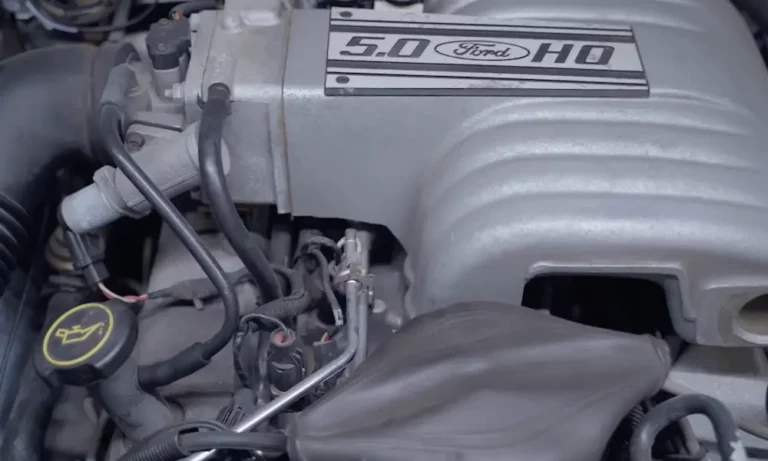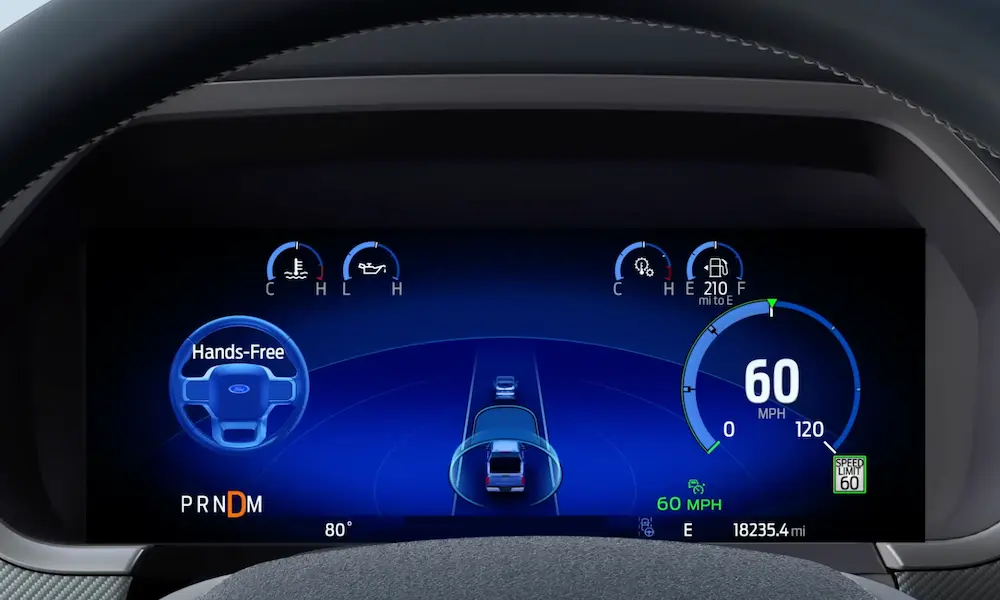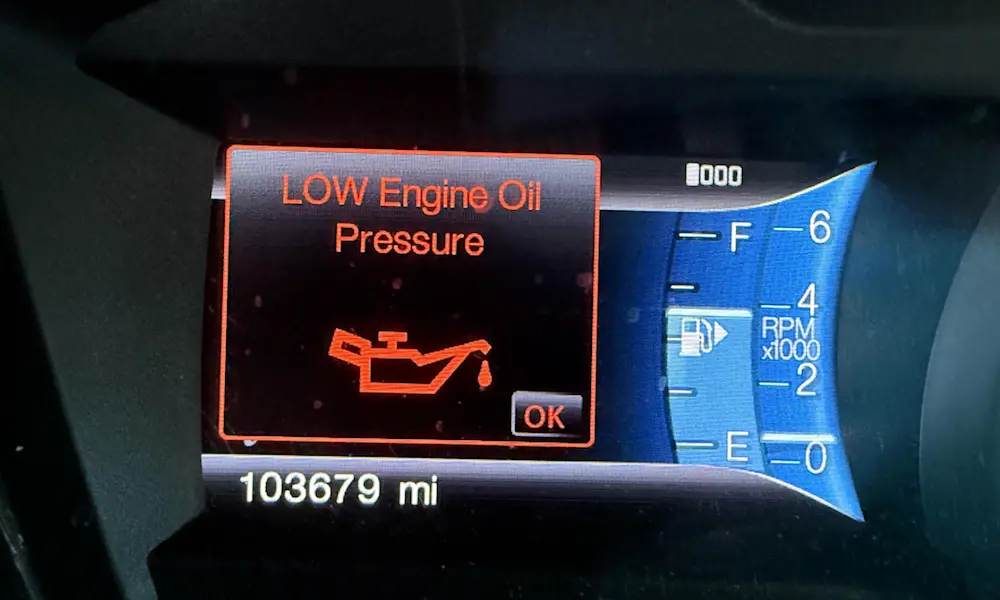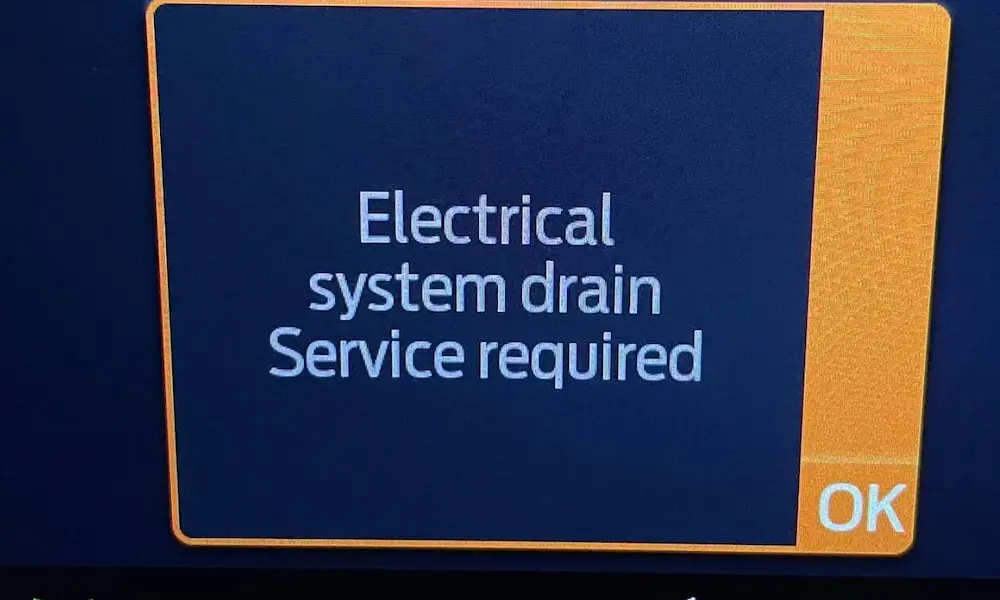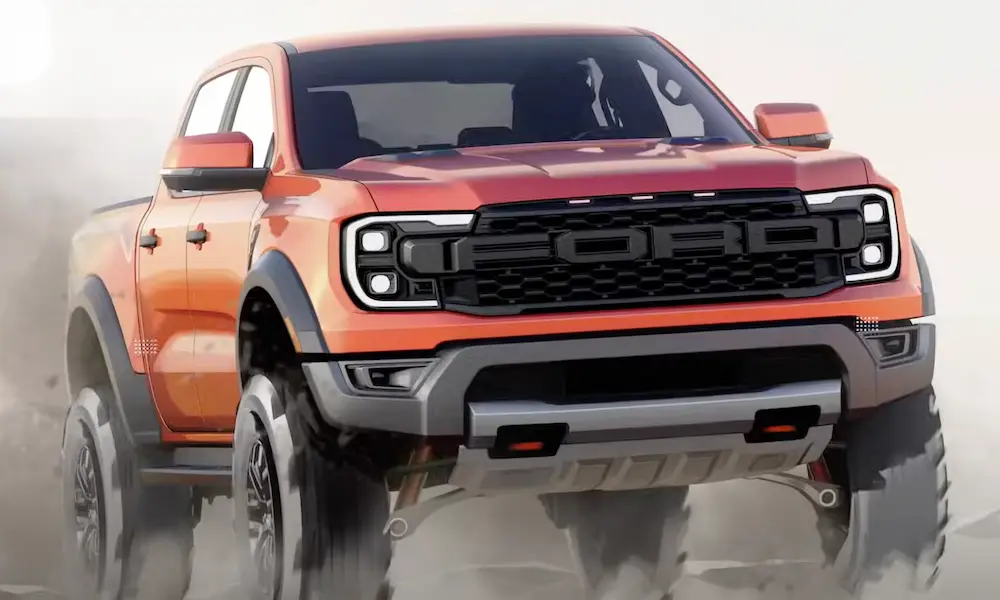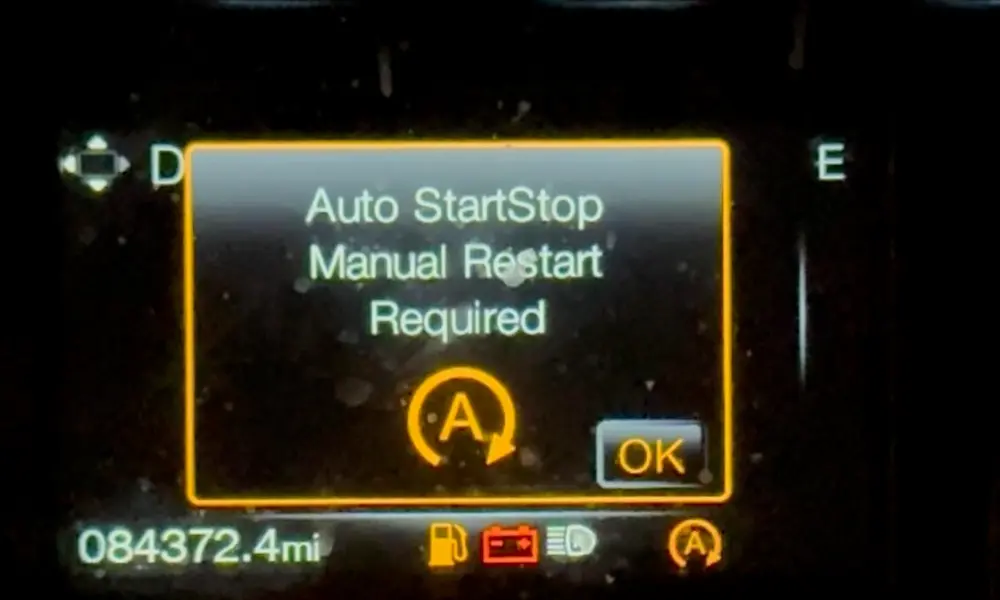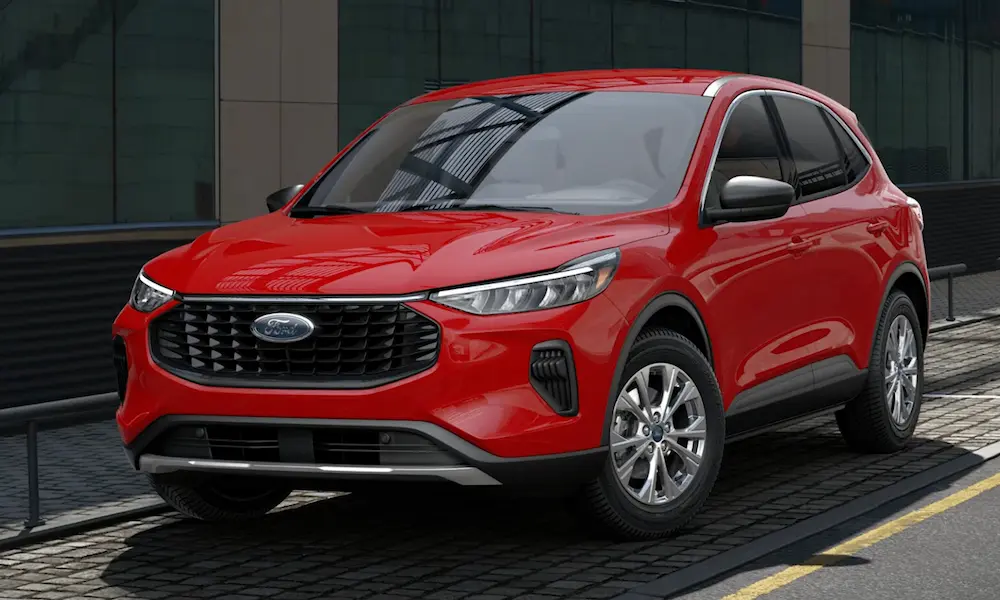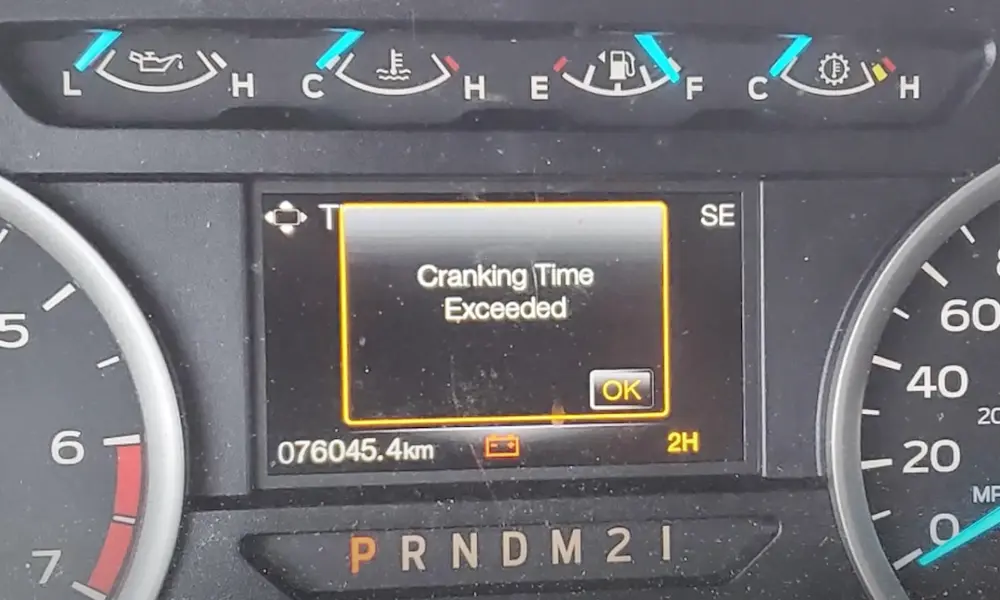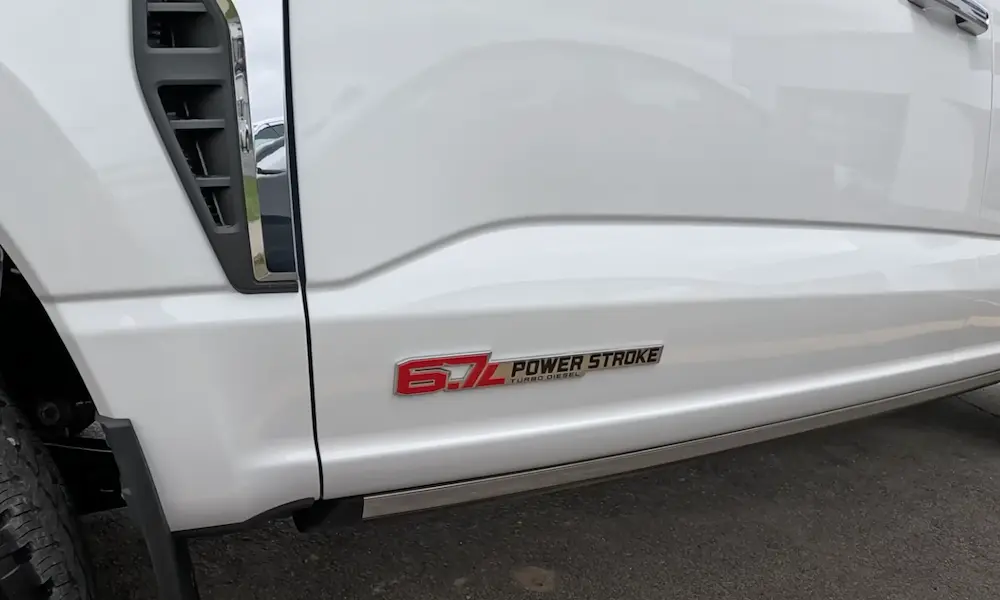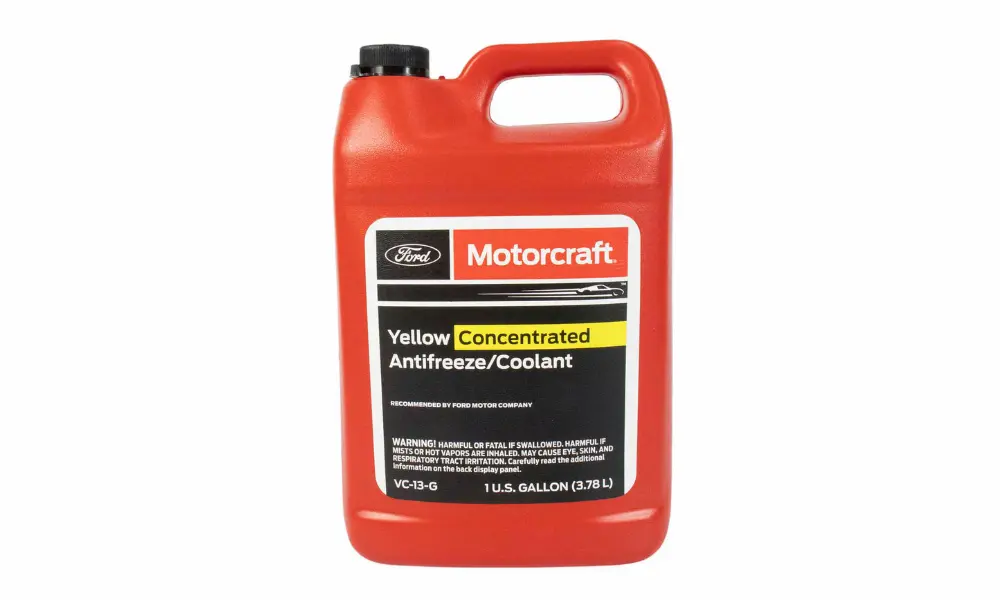Thinking about the legendary Ford 302 engine? You’re looking at one of the most iconic V8 powerplants ever to grace the American automotive landscape. Whether you’re restoring a classic Mustang, upgrading your F-150, or just appreciate legendary engineering, understanding the 302’s specifications is essential for any Ford enthusiast.
Ford 302 Engine Basics: What Makes It Special
The Ford 302 cubic inch V8 (5.0L) first roared to life in 1968, created specifically to meet the FIA’s 5.0-liter displacement limit for racing. Rather than building something completely new, Ford simply increased the stroke of their proven 289 V8 engine.
This small-block V8 features:
- 90-degree V8 configuration
- Overhead valve (OHV) design
- Cam-in-block layout typical of American V8s
- Cast iron block and heads (original versions)
- Relatively lightweight design at 450-475 pounds
The 302’s dimensions gave it the perfect balance between power and packaging:
- Bore: 4.00 inches (101.6mm)
- Stroke: 3.00 inches (76.2mm)
- Displacement: 302 cubic inches (5.0 liters)
This slightly oversquare design (bore larger than stroke) allowed the engine to rev higher than longer-stroke engines, making it ideal for performance applications while still delivering plenty of low-end torque.
Performance Evolution: How the 302 Changed Over Time
The Ford 302 underwent significant changes throughout its production run, adapting to emission regulations, fuel quality changes, and technological advancements.
The Golden Era (1968-1971)
During its early years, the standard 302 delivered impressive performance for its size:
- Power: 210 hp @ 4,600 RPM (with 2-barrel carburetor)
- Torque: 295-310 lb-ft @ 2,600-2,800 RPM
- Compression ratio: Typically 9.0:1 to 9.5:1
- Fuel system: Primarily carbureted (2-barrel standard, 4-barrel optional)
These early engines used the SAE gross rating system, which measured power without accessories attached, resulting in higher numbers than later measurement methods.
The Emissions Era (1972-1984)
As emissions regulations tightened, the 302 saw significant changes that impacted performance:
- Power dropped to 135-141 hp
- Torque decreased to 242-243 lb-ft @ 2,000 RPM
- Compression ratios fell to as low as 8.0:1
- New SAE net rating system was implemented, contributing to the apparent power decrease
This period represents the low point for 302 performance, with smog equipment, catalytic converters, and lower compression all taking their toll on output.
The Fuel Injection Revolution (1985-1996)
The introduction of electronic fuel injection breathed new life into the 302:
1985-1993 Specs:
- Power: 185 hp @ 3,800 RPM
- Torque: 270 lb-ft @ 2,400 RPM
1994-1996 Specs (Manual transmission):
- Power: 205 hp @ 3,800 RPM
- Torque: 275 lb-ft @ 2,400 RPM
1994-1996 Specs (Automatic transmission):
- Power: 195 hp @ 3,800 RPM
- Torque: 270 lb-ft @ 2,400 RPM
Ford’s High Output (HO) models also featured a revised firing order (1-3-7-2-6-5-4-8) for improved performance.
Boss 302: The Ultimate Factory Performance Version
No discussion of Ford 302 engine specs is complete without mentioning the legendary Boss 302. Developed specifically for SCCA’s Trans-Am racing series in 1969-1970, this high-performance variant pushed the 302 platform to its limits.
The Boss 302 featured:
- Power: 290 hp @ 5,200 RPM
- Torque: 290 lb-ft @ 4,300 RPM
- Compression ratio: 10.5:1
- Holley 780 cfm four-barrel carburetor
What made the Boss 302 special were its race-inspired components:
- Four-bolt main bearings (vs. standard two-bolt design)
- Forged connecting rods for increased strength
- Special canted-valve heads for improved breathing
- 290-degree duration solid lifter camshaft
- Aluminum intake manifold
- Dual-point distributor
- Special windage tray in the oil pan
These modifications helped Ford secure the 1970 Trans Am series championship, cementing the engine’s legendary status in racing history.
Tunnel Port 302: The Experimental Racer
Before the Boss 302, Ford experimented with an even more exotic version called the Tunnel Port 302. This rare variant featured:
- Exotic cylinder heads with massive intake ports
- Intake pushrods running through tubes surrounded by the ports
- Design inspired by Ford’s 427 NASCAR heads
The Tunnel Port 302 saw limited success in Trans Am racing but was never widely produced, making it one of the rarest 302 variants.
Common 302 Engine Configurations and Applications
The versatility of the 302 made it ideal for numerous Ford vehicles across multiple decades:
| Years | Vehicle Applications | Notable Features |
|---|---|---|
| 1968-1973 | Mustang, Torino, Cougar | Higher compression, more power |
| 1974-1978 | Mustang II, Granada, Monarch | Reduced power, emissions focus |
| 1979-1993 | Mustang, F-Series trucks, Bronco | Fuel injection introduced (1985) |
| 1994-1996 | Mustang, F-Series trucks | Final years, peak fuel injection performance |
The 302’s compact dimensions made it suitable for a wide range of vehicles, from sports cars to trucks and SUVs.
Modern 5.0L Coyote: The 302’s Spiritual Successor
While the original 302 ended production in 1996, Ford introduced a modern 5.0L V8 (known as the “Coyote”) in 2011 that carries on the legacy with significantly updated technology.
The modern Ford 5.0L V8 PFDI Engine features:
- Aluminum block and heads (vs. cast iron in the original)
- Bore x Stroke: 92.2mm x 92.71mm
- Compression ratio: 12:1
- Power output: 400 hp @ 6,000 RPM
- Weight: 453 lbs
- Oil capacity: 8.75 quarts
Advanced features include:
- Dual overhead camshaft (DOHC) design
- Plasma transferred wire arc (PTWA) “spray bore” technology
- Port Fuel and Direct Injection (PFDI) system
- Twin independent variable camshaft timing (Ti-VCT)
- Flex-fuel capability
While not directly related to the original 302, this modern 5.0L continues the tradition of compact, powerful Ford V8s.
Engine Identification and Specifications Chart
Finding the right specifications for your 302 starts with proper identification. Ford used various codes and casting numbers that can tell you exactly what you’re working with:
| Year | Block Casting # | Main Bearing Caps | Typical HP | Notable Features |
|---|---|---|---|---|
| 1968-1969 | C8OE-6015-A | 2-bolt | 210-230 | Early design |
| 1969-1970 | BOSS 302 | 4-bolt | 290 | Race-oriented |
| 1970-1974 | D0AE-6015-A | 2-bolt | 210-175 | Emissions changes begin |
| 1975-1980 | D5AE-6015-B | 2-bolt | 140-160 | Low compression era |
| 1981-1985 | E1AE-6015-DA | 2-bolt | 157-165 | Pre-EFI designs |
| 1986-1995 | E6AE-6015-DA | 2-bolt | 185-205 | EFI improvements |
Rebuilding Specs: What You Need to Know
If you’re rebuilding a 302, these critical specifications will help ensure proper assembly:
Torque Specifications:
- Main bearing cap bolts: 60-70 ft-lbs
- Rod bearing cap bolts: 19-24 ft-lbs
- Cylinder head bolts: 65-72 ft-lbs
- Intake manifold bolts: 23-25 ft-lbs
- Exhaust manifold bolts: 20-25 ft-lbs
- Flywheel bolts: 75-85 ft-lbs
Clearances:
- Main bearing oil clearance: 0.0008″-0.0026″
- Rod bearing oil clearance: 0.0008″-0.0025″
- Crankshaft endplay: 0.004″-0.008″
- Piston to wall clearance: 0.0010″-0.0030″
- Ring end gap (top): 0.010″-0.020″
- Ring end gap (second): 0.010″-0.025″
- Valve stem to guide clearance (intake): 0.0010″-0.0027″
- Valve stem to guide clearance (exhaust): 0.0015″-0.0032″
Common 302 Engine Problems and Solutions
Despite its legendary status, the 302 isn’t without its issues. Here are some common problems and solutions:
Oil Leaks from Rear Main Seal:
- Common in engines with high mileage
- Solution: Replace with modern one-piece seal design
Timing Chain Noise:
- Usually indicates stretching or worn guides
- Solution: Upgrade to roller chain and reinforced guides
Low Oil Pressure at Idle:
- Often due to worn bearings or oil pump
- Solution: Rebuild with correct clearances and high-volume oil pump
Overheating:
- Common in high-performance applications
- Solution: Aluminum radiator, performance water pump, proper fan
Cylinder Head Cracking:
- More common in high-mileage engines
- Solution: Replace with aftermarket aluminum heads for better cooling
Performance Potential: What the 302 Can Achieve
The 302’s enduring popularity stems largely from its tremendous performance potential. Here’s what you can expect from different build levels:
Stock Rebuild:
- Power: 210-225 hp
- Torque: 300-310 lb-ft
- Perfect for: Resto projects, daily drivers
Mild Performance:
- Power: 250-300 hp
- Torque: 320-340 lb-ft
- Modifications: Aluminum intake, headers, cam upgrade
- Perfect for: Street/strip cars, improved daily drivers
Serious Performance:
- Power: 300-350 hp
- Torque: 340-370 lb-ft
- Modifications: Aftermarket heads, roller cam, forged pistons
- Perfect for: Weekend racers, fast street cars
All-Out Race:
- Power: 400-500+ hp
- Torque: 380-420+ lb-ft
- Modifications: Race prep heads, stroker kit, aggressive cam
- Perfect for: Dedicated race cars, drag racing
These power levels for different Ford 302 builds can be achieved with proper component selection and tuning.
Modern Replacement Options: Crate Engines
For those looking for a fresh 302, several crate engine options are available:
Stock Replacement:
- Ford 302 320 HP High Performance Balanced Crate Engine – $3,499
- Perfect for: Stock replacements with mild improvements
Performance Upgrade:
- Blueprint Engines BP302CT – 320 hp – $4,199
- Features: Aluminum heads, roller cam, performance intake
- Perfect for: Performance street cars
High-Performance Option:
- Ford Performance 302 CI 340 HP Boss Crate Engine – $7,600
- Features: Aluminum heads, performance internals, factory warranty
- Perfect for: Serious performance builds, resto-mods
The aftermarket support for the 302 remains incredibly strong, with endless options for complete engines or individual components.
Ford 302 vs. Chevy 305: The Classic Comparison
In the eternal Ford vs. Chevy debate, how does the 302 stack up against its primary rival, the Chevy 305?
| Specification | Ford 302 | Chevy 305 |
|---|---|---|
| Bore x Stroke | 4.00″ x 3.00″ | 3.736″ x 3.48″ |
| Design Philosophy | More oversquare, higher rev potential | More undersquare, torque-focused |
| Peak Power (70s-80s) | 135-210 hp | 130-190 hp |
| Peak Torque (70s-80s) | 240-300 lb-ft | 240-285 lb-ft |
| Weight | 450-475 lbs | 540-575 lbs |
| Performance Potential | Excellent | Good |
| Aftermarket Support | Extensive | Extensive |
While both engines have loyal followings, the 302’s slightly higher power potential and lighter weight have made it the preferred choice for many performance enthusiasts.
The 302’s Legacy in Racing and Performance
The 302’s impact on motorsports and performance culture cannot be overstated:
- Trans Am Racing: The Boss 302 helped Ford win the 1970 championship
- NASCAR: Modified 302s powered numerous stock car victories
- Drag Racing: Forms the basis for countless championship-winning engines
- Street Performance: Powered the Fox Body Mustang renaissance of the 1980s-90s
- Off-Road: Provides reliable power for countless Broncos and F-Series trucks
Few engines in automotive history have demonstrated such versatility and longevity across so many different applications and competition venues.
Ford 302 Engine Specs: The Final Word
The Ford 302 engine represents one of the high points of American V8 design. Its compact dimensions, reasonable weight, excellent power potential, and vast aftermarket support have kept it relevant for over five decades. Whether in stock form or highly modified, the 302 remains a favorite choice for Ford enthusiasts seeking the perfect balance of classic design and performance potential.
From its origins as a racing homologation engine to its eventual evolution into the modern Coyote 5.0, the 302 story is one of continuous adaptation and improvement. For those seeking to understand Ford 302 engine specs in depth, the wealth of information and support available today ensures this legendary powerplant will continue thrilling enthusiasts for generations to come.

